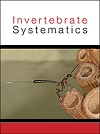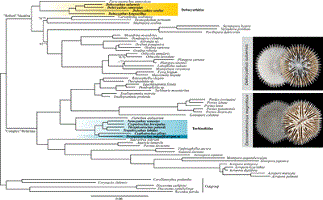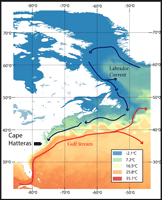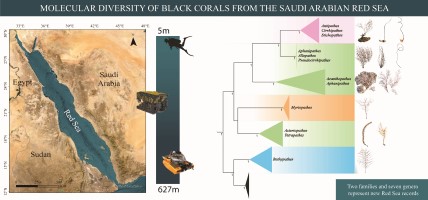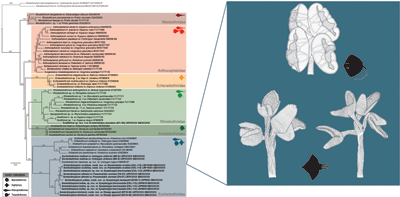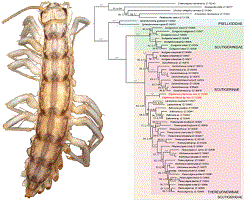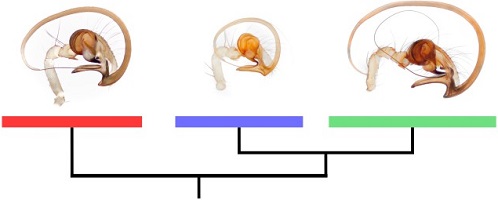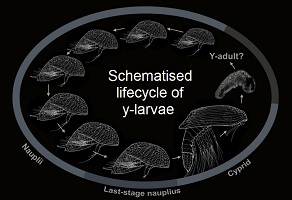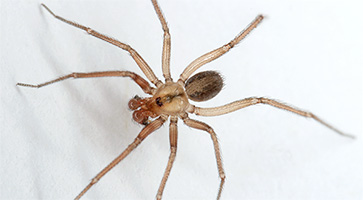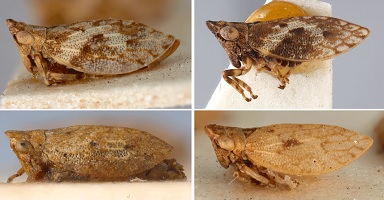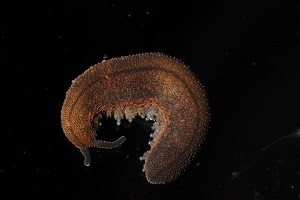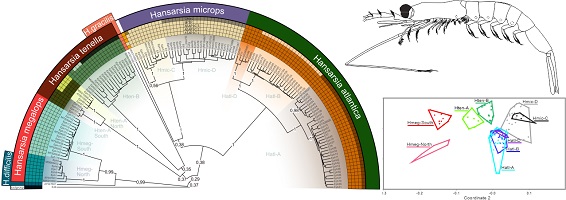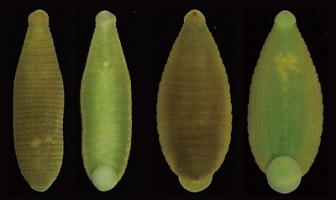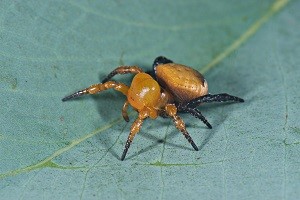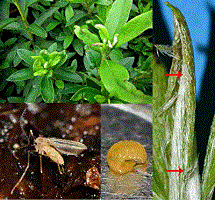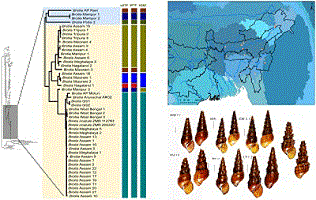IS23053300 million years apart: the extreme case of macromorphological skeletal convergence between deltocyathids and a turbinoliid coral (Anthozoa, Scleractinia)
 , I. G. L. Seiblitz, J. Stolarski
, I. G. L. Seiblitz, J. Stolarski  , K. C. C. Capel, A. M. Quattrini, S. D. Cairns
, K. C. C. Capel, A. M. Quattrini, S. D. Cairns  , D. Huang, R. Z. B. Quek and M. V. Kitahara
, D. Huang, R. Z. B. Quek and M. V. Kitahara
The family Deltocyathidae was recently erected to accommodate Deltocyathus species previously ascribed to Caryophylliidae but Deltocyathus magnificus was phylogenetically recovered within the family Turbinoliidae. Mitochondrial and nuclear sequence data, used for phylogenetic reconstructions, were obtained for 10 Deltocyathidae and Turbinoliidae species. Deltocyathus magnificus is moved to Turbinoliidae and ascribed to the new genus Dennantotrochus. A new mitochondrial gene order is described for Deltocyathus species. Macromorphological features indicate skeletal convergence and microstructural analyses demonstrate possibly conserved biomineralisation mechanisms. (Image credit: C. F. Vaga.)


